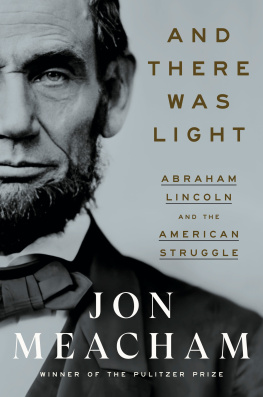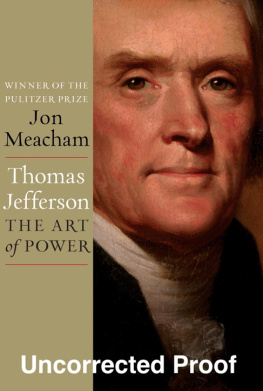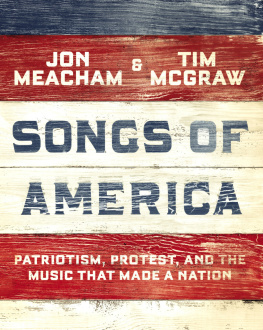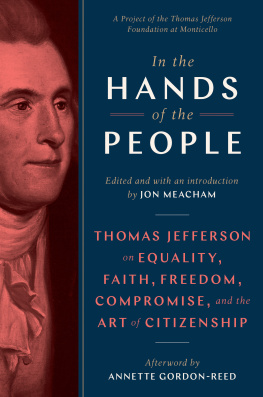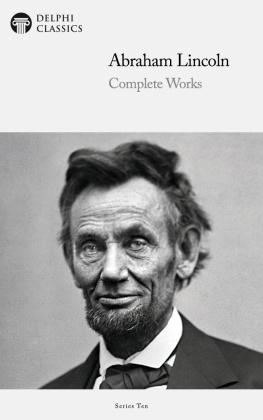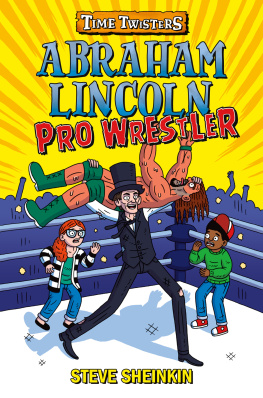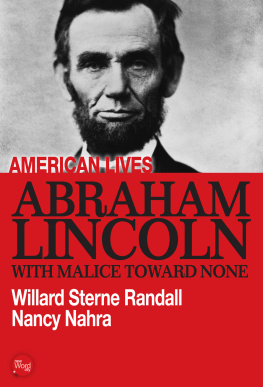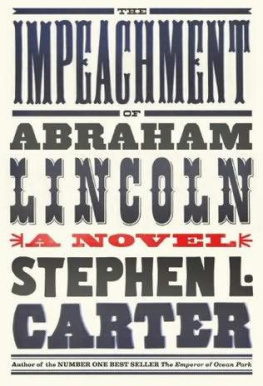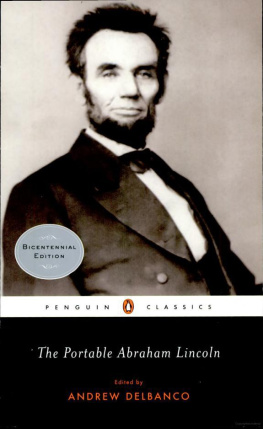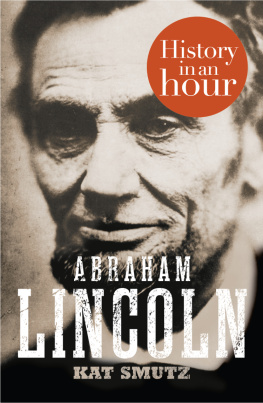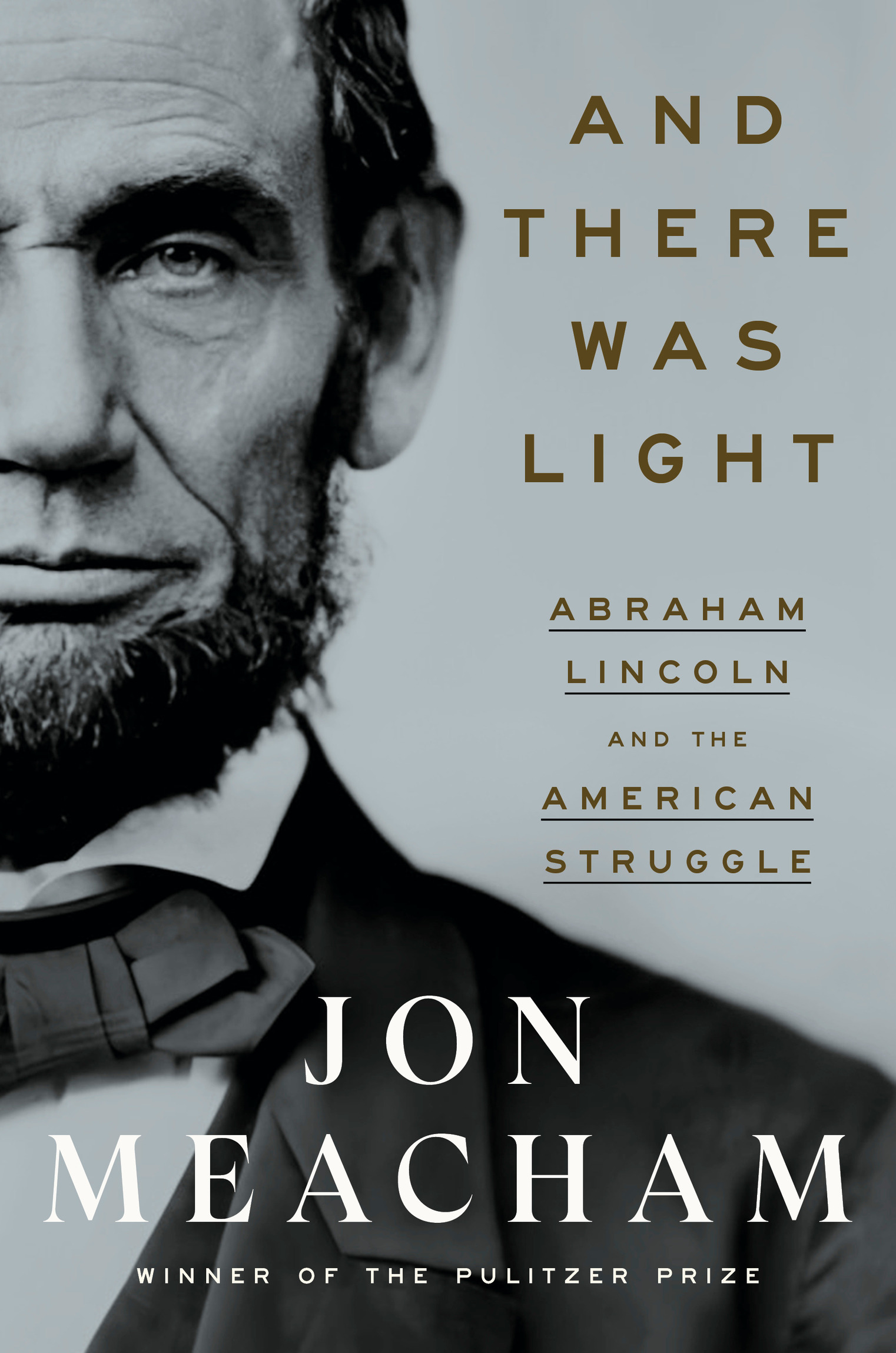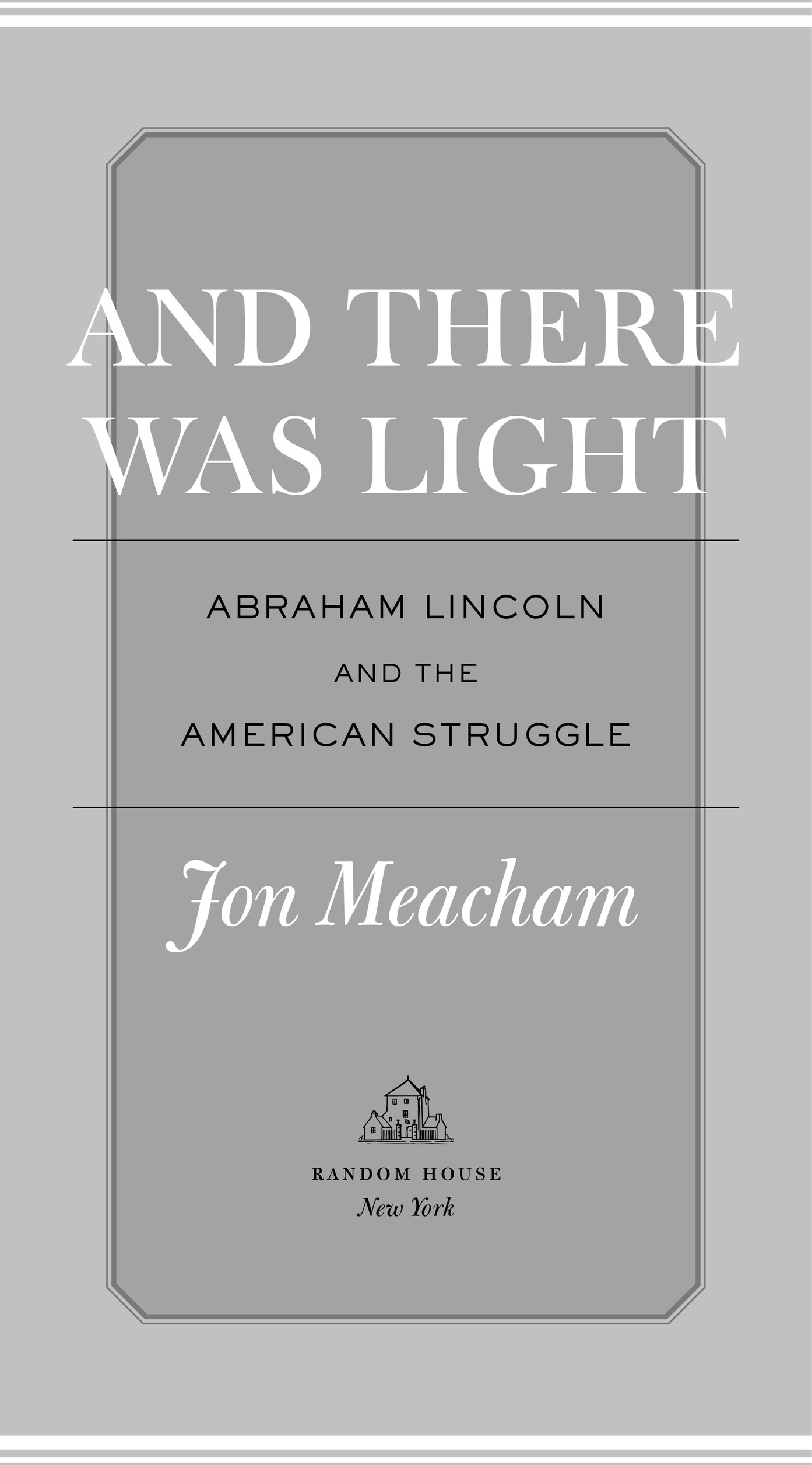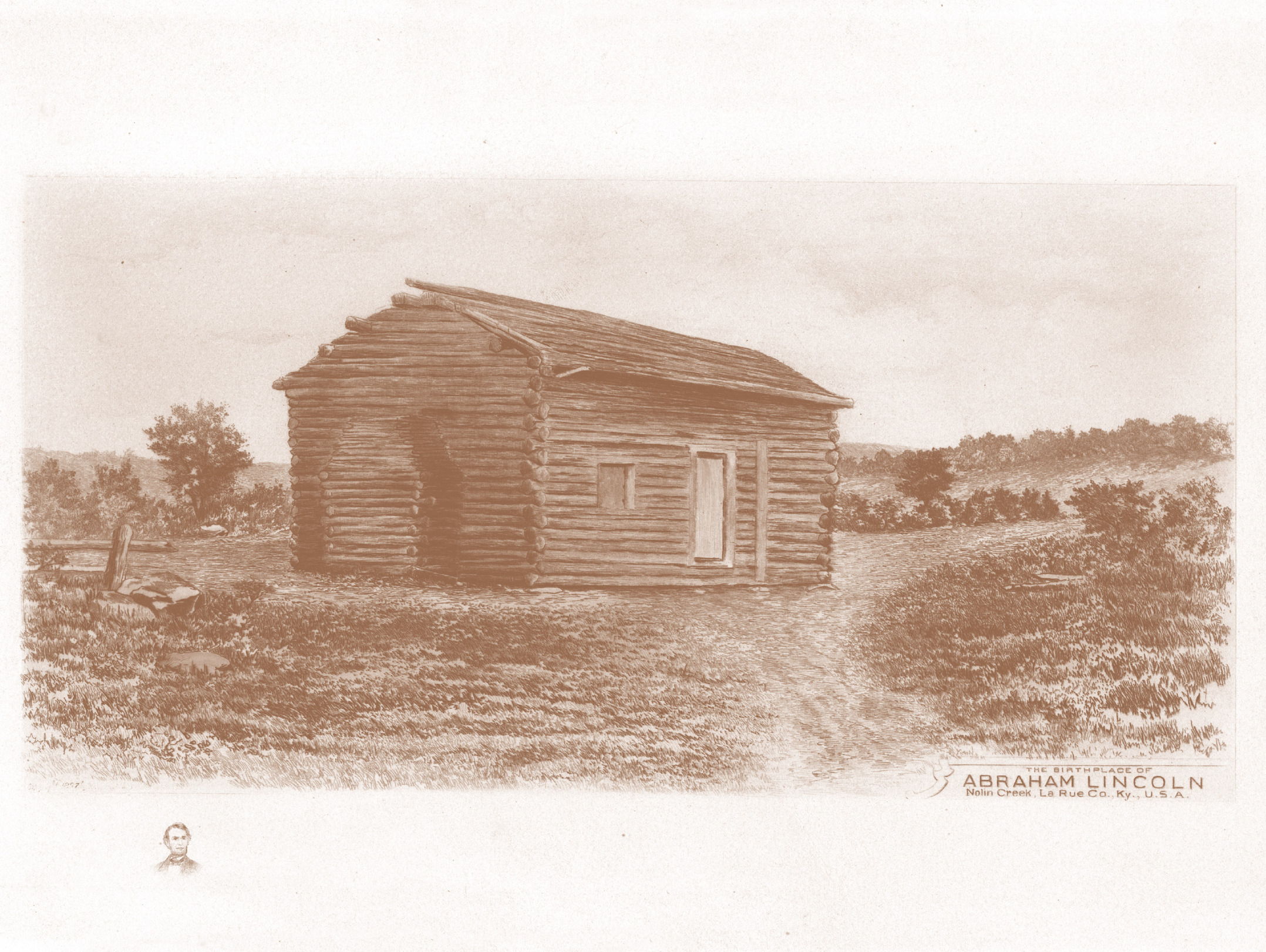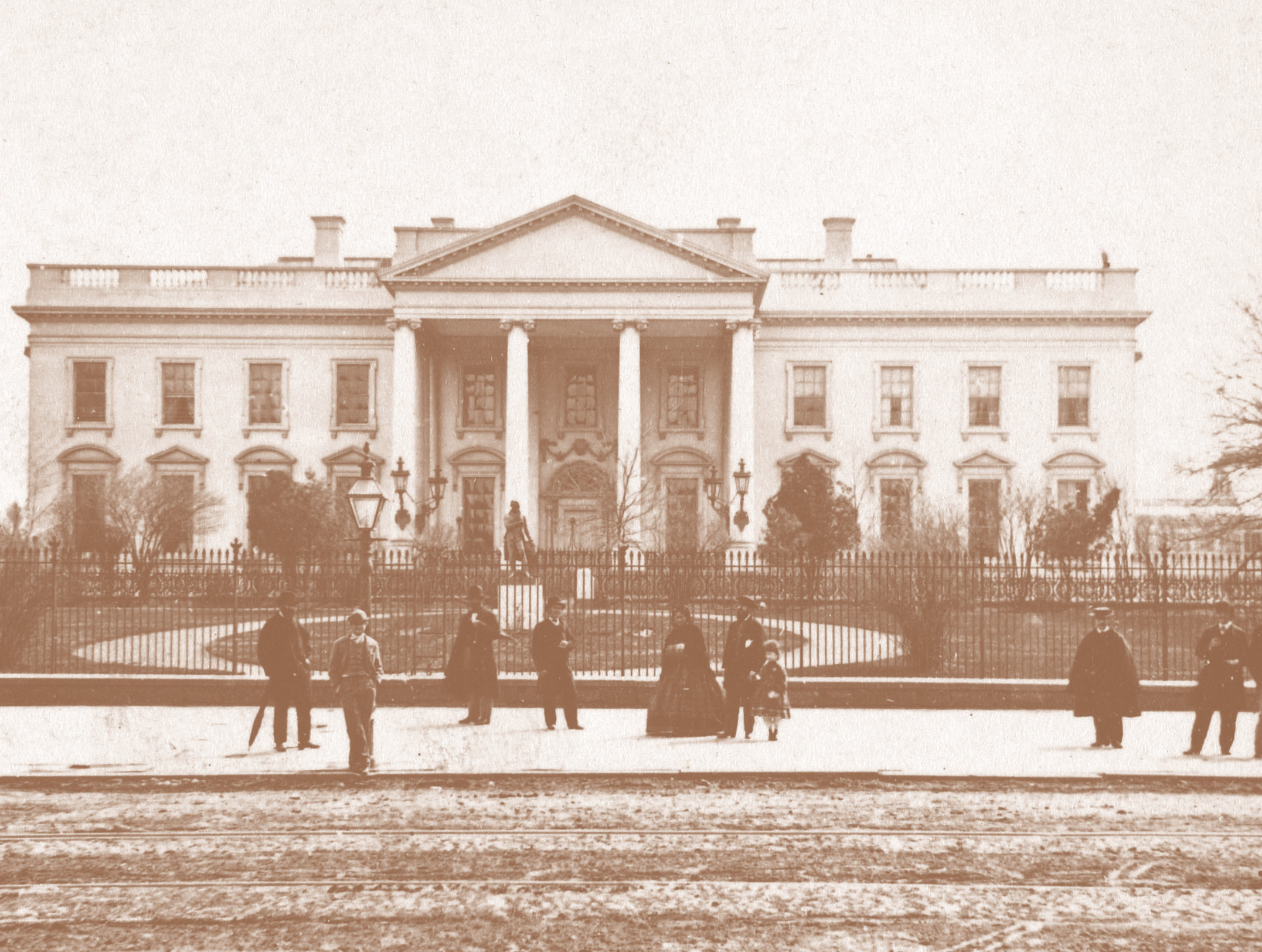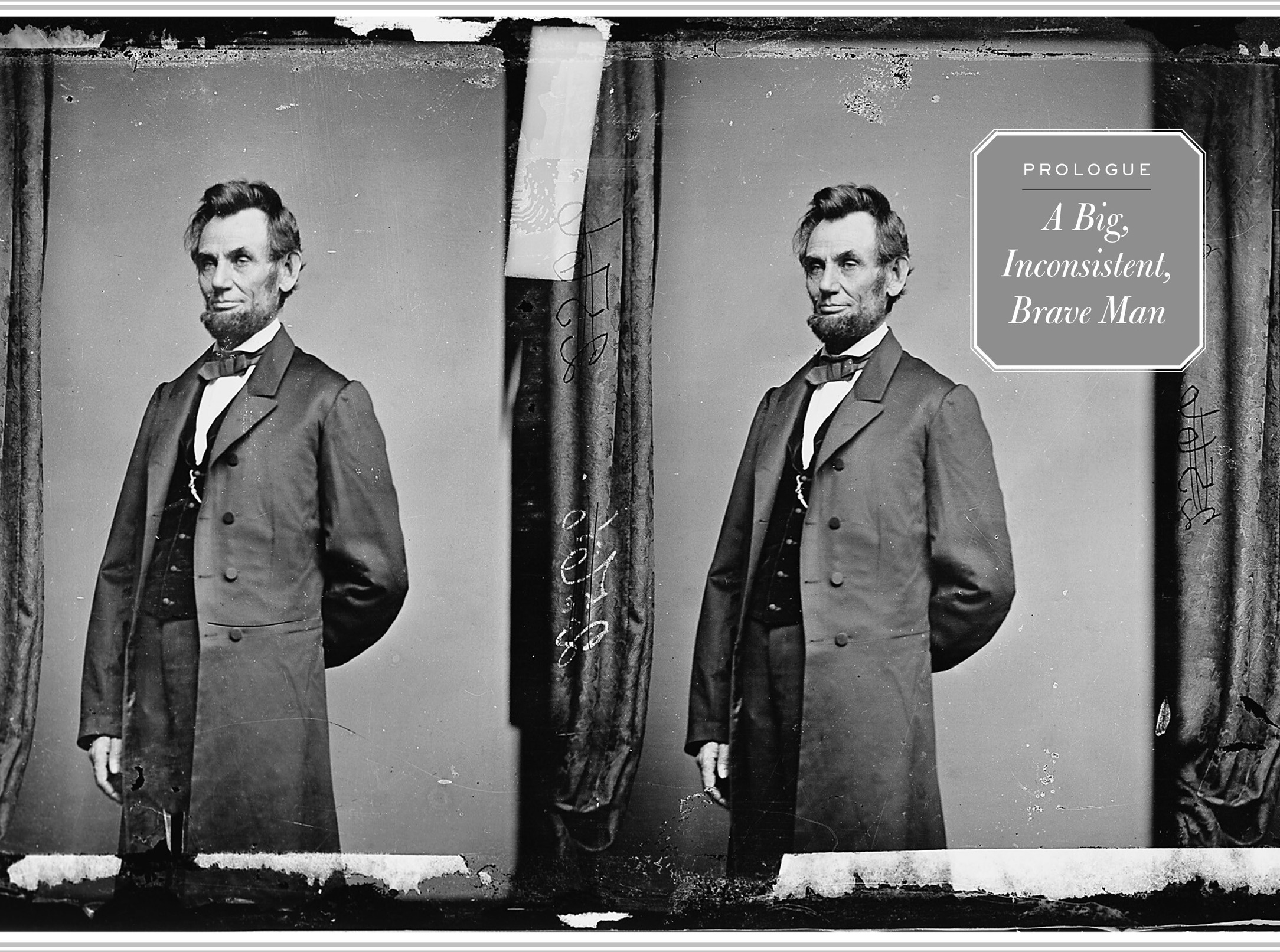Jon Meacham - And There Was Light: Abraham Lincoln and the American Struggle
Here you can read online Jon Meacham - And There Was Light: Abraham Lincoln and the American Struggle full text of the book (entire story) in english for free. Download pdf and epub, get meaning, cover and reviews about this ebook. City: New York, year: 2022, publisher: Random House, genre: Non-fiction / History. Description of the work, (preface) as well as reviews are available. Best literature library LitArk.com created for fans of good reading and offers a wide selection of genres:
Romance novel
Science fiction
Adventure
Detective
Science
History
Home and family
Prose
Art
Politics
Computer
Non-fiction
Religion
Business
Children
Humor
Choose a favorite category and find really read worthwhile books. Enjoy immersion in the world of imagination, feel the emotions of the characters or learn something new for yourself, make an fascinating discovery.
- Book:And There Was Light: Abraham Lincoln and the American Struggle
- Author:
- Publisher:Random House
- Genre:
- Year:2022
- City:New York
- Rating:3 / 5
- Favourites:Add to favourites
- Your mark:
And There Was Light: Abraham Lincoln and the American Struggle: summary, description and annotation
We offer to read an annotation, description, summary or preface (depends on what the author of the book "And There Was Light: Abraham Lincoln and the American Struggle" wrote himself). If you haven't found the necessary information about the book — write in the comments, we will try to find it.
In his captivating new book, Jon Meacham has given us the Lincoln for our time.Henry Louis Gates, Jr.
A president who governed a divided country has much to teach us in a twenty-first-century moment of polarization and political crisis. Hated and hailed, excoriated and revered, Abraham Lincoln was at the pinnacle of American power when implacable secessionists gave no quarter in a clash of visions bound up with money, race, identity, and faith. In him we can see the possibilities of the presidency as well as its limitations.
At once familiar and elusive, Lincoln tends to be seen as the greatest of American presidentsa remote iconor as a politician driven more by calculation than by conviction. This illuminating new portrait gives us a very human Lincolnan imperfect man whose moral antislavery commitment, essential to the story of justice in America, began as he grew up in an antislavery Baptist community; who insisted that slavery was a moral evil; and who sought, as he put it, to do right as God gave him to see the right.
This book tells the story of Lincoln from his birth on the Kentucky frontier in 1809 to his leadership during the Civil War to his tragic assassination in 1865: his rise, his self-education, his loves, his bouts of depression, his political failures, his deepening faith, and his persistent conviction that slavery must end. In a nation shaped by the courage of the enslaved of the era and by the brave witness of Black Americans, Lincolns story illustrates the ways and means of politics in a democracy, the roots and durability of racism, and the capacity of conscience to shape events.
Jon Meacham: author's other books
Who wrote And There Was Light: Abraham Lincoln and the American Struggle? Find out the surname, the name of the author of the book and a list of all author's works by series.

